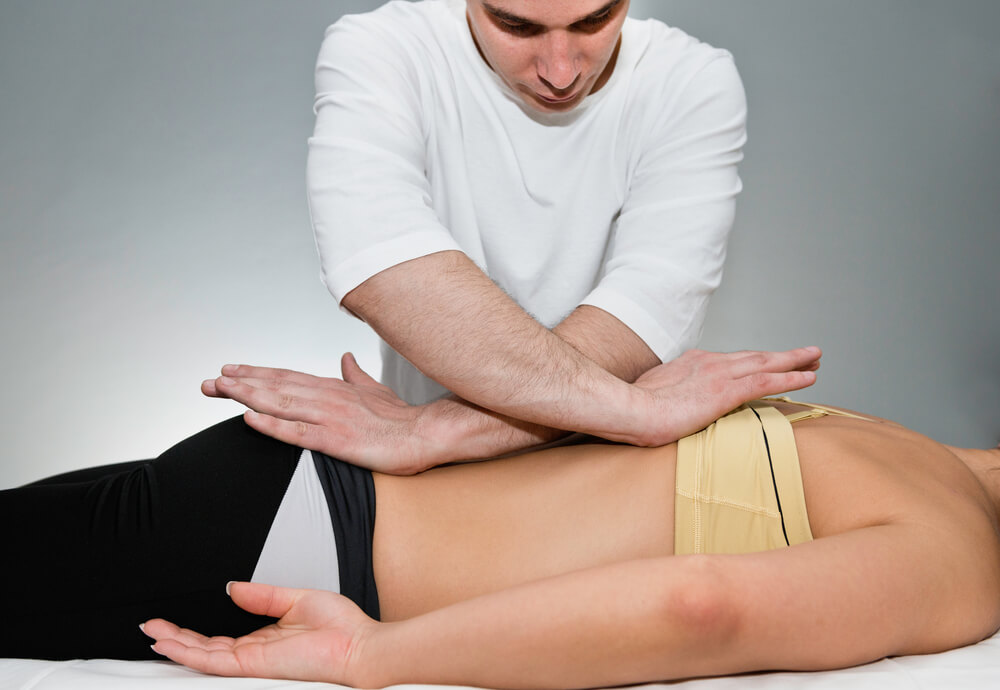Table of Contents
Muscles Significant Part Of Body
Muscles are the body parts that shape the body. This elastic fiber creates the muscles that can be contracted and relaxed. The muscles’ ability to contract, aid with the motion of many areas within the human body. Muscles are attached to bones, muscles, and organs with soft tissues or special cells known as fascia, ligaments, and tendons. If a person is putting pressure on his body beyond what it is able to handle, the muscles that are overworked are exhausted, torn, or exhausted. In time, the shocking muscles let go of the pain.
The low back muscle that may be a contributing factor to a myriad of hip and lower back problems: is Quadratus Lumborum (QL). A QL Muscle Release is stressed during activities that require spinal stability. Workers and athletes are able to respond positively in response to QL muscle release. Apply pressure on the QL in case you are involved in high-impact sports or you are physically active at your job.
Happen for Many Reasons
A muscle that is more or less one muscle can cause muscle Pain. It also involves injured or torn ligaments, fascia, and tendons. Muscle pain can occur from a variety of reasons including tension, strain, and stress during physical activity and exercise to serious muscle injuries and illnesses. It can also be caused by an infection within the body. In other words, the affected area could spread to the surrounding connective tissue of bones, muscles, and organs, which can cause discomfort, pain and fatigue, as well as sleeplessness. In the case of an instance, mild flu can affect your entire body, causing it to ache.
Myofascial Therapy
A myofascial release is an effective form of physical therapy, which applies pressure to a muscle to ease tension and pain. Myofascial release is among the most effective and efficient methods to relieve knots in the muscles and relieve discomfort. Many people think that stretching is all they must do to stay well-maintained and flexible however they’re incorrect. The most common and well-known method of myofascial release is by using a foam roller. Self-myofascial release, and is the most efficient inexpensive, low-cost and efficient method of performing myofascial releases. Foam rollers cost less than physical therapists, and are able to be performed at home.
Enhancing Flexibility in Problematic Areas
Self-myofascial release using foam rollers aids in enhancing flexibility in problematic areas, while also increasing blood flow to the specific muscle and breaking knots in the muscles. The direct pressure applied to the knot in the muscle when foam rolling permits the person to remove the knot while also releasing all other healthy fibers in the muscle.
Self-myofasical release, specifically foam rolling, is superior to stretching as it can be utilized to treat knots in the muscles which stretching cannot because stretching only is a means of engaging the healthy part of the muscle. Stretching can be a wonderful treatment for muscles that are tight, however, stretching by itself will not heal knots in the muscles. It is primarily focused on loosening tension from the muscles. This is the reason why foam rolling in conjunction with stretching is a great method of increasing flexibility on muscles that are tight. Performing various kinds of exercises that result in the sensation of deep tissue massage paired with stretching.
Self-Myofascial Release Popular
This is the reason why the self-myofascial release has grown very popular with elite and recreational athletes. It is basically the most beneficial of both within a very short time, making it very efficient and time-saving. Self-myofascial releases are a great way to keep your body injury-free and a foam roller can be an affordable alternative to costly deep tissue massage therapy sessions. The foam roller and the exercises target the painful and tight area, with a focus on the muscle knot that is a present or inflamed portion of muscle to work out. The slow, pressure-filled movement back and forth on the foam roller exerts immediate pressure upon the trigger area, which allows people to pinpoint the area of pain almost instantly (believe me, you’ll be able to feel it).


